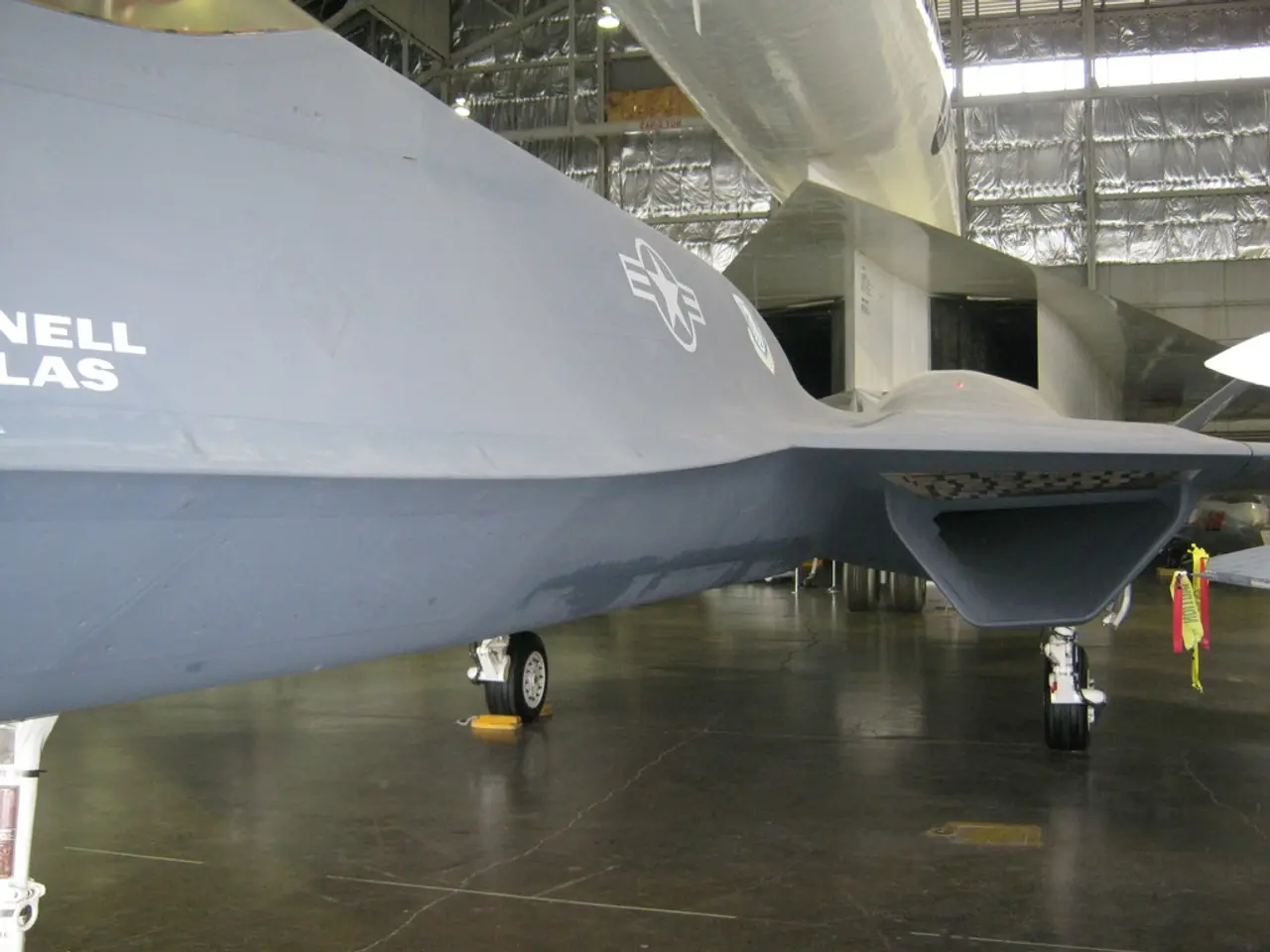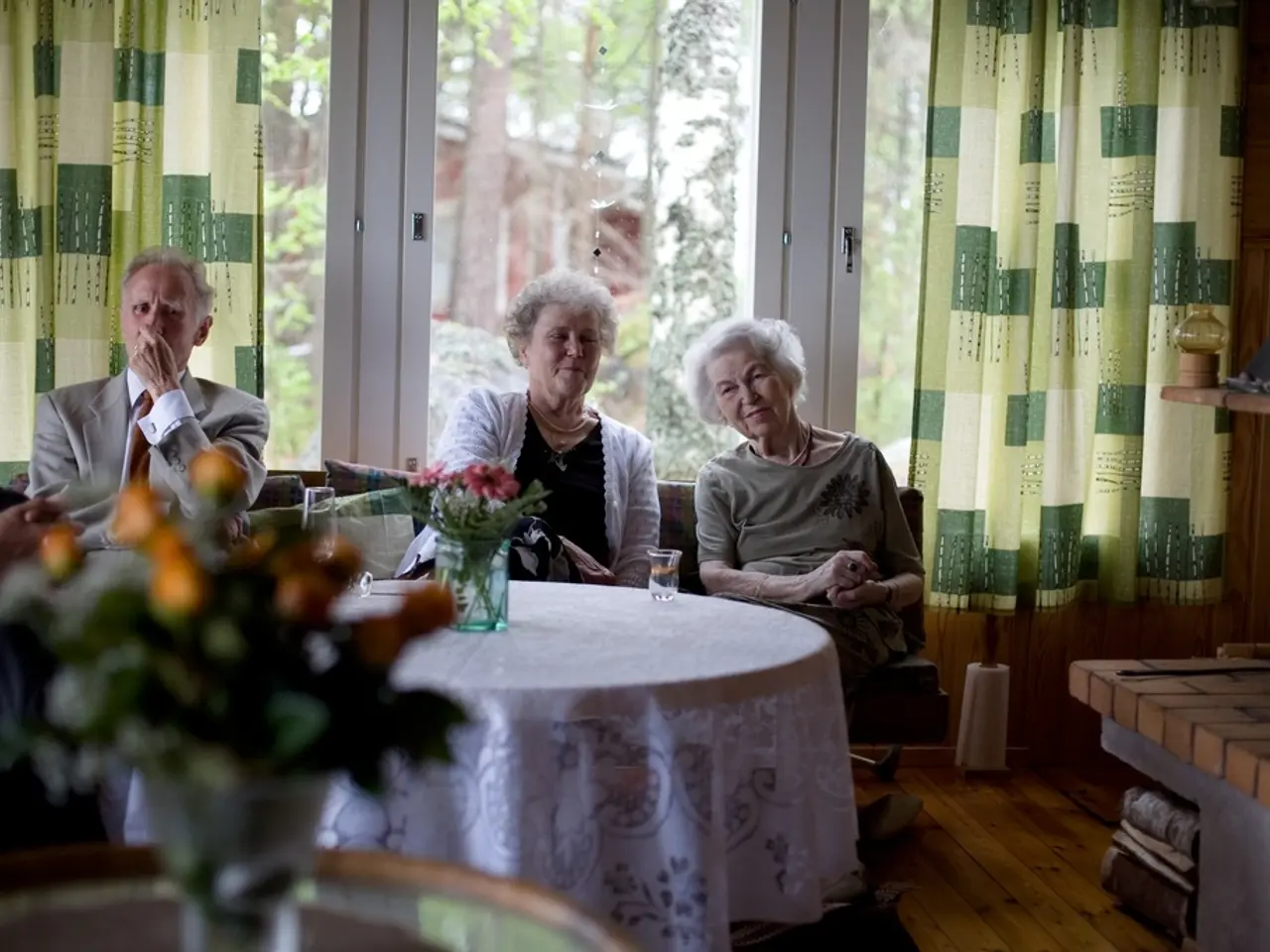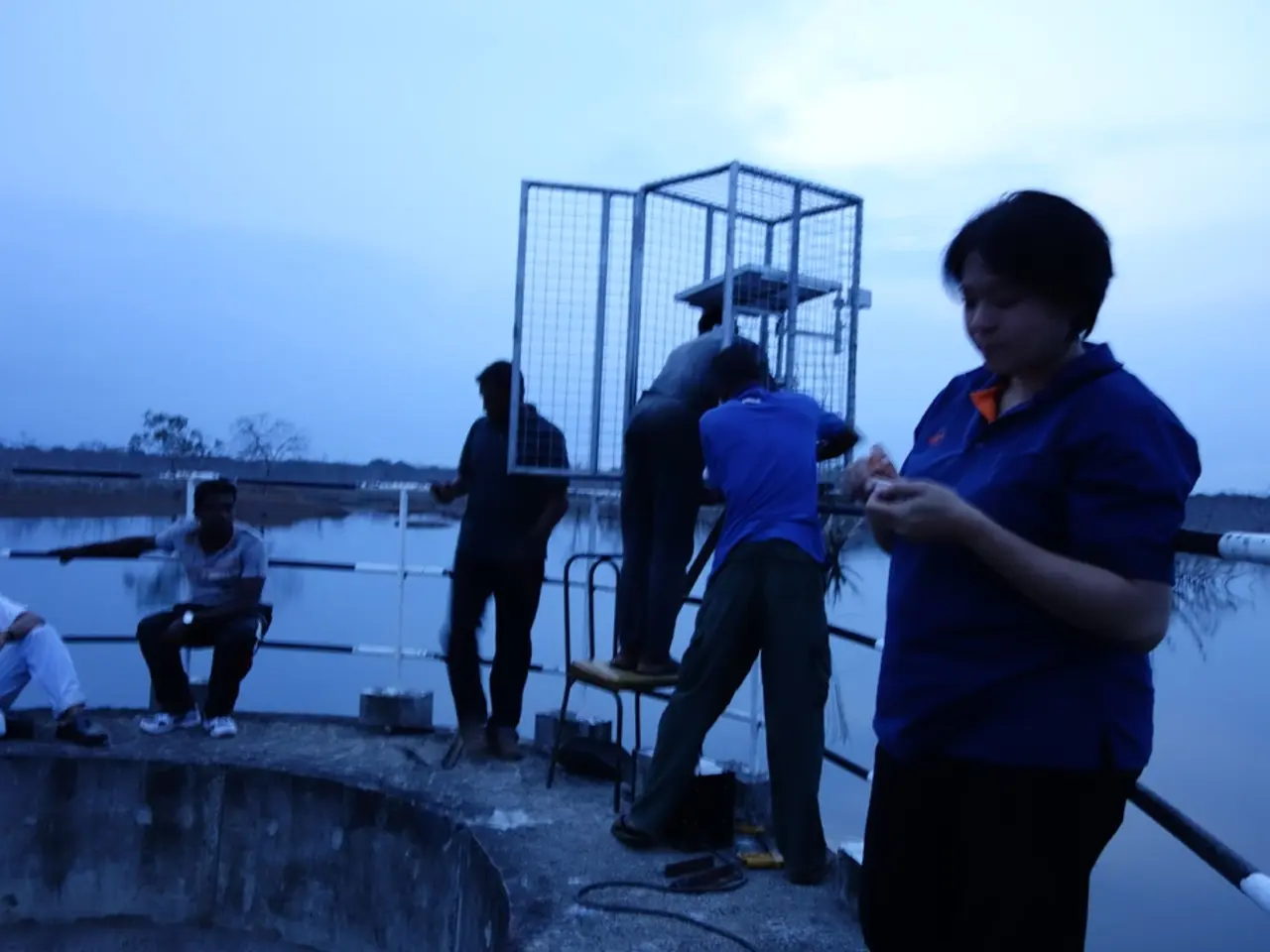Fear of flying: Understanding its origins, symptoms, and remedies.
Fear of flying, also known as aerophobia, affects approximately 2.5% to 5% of the global population, making it a common yet debilitating condition. This irrational fear can significantly interfere with daily lives and travel plans, and in some cases, may lead to avoidance of air travel entirely.
Aerophobia is classified as a specific phobia disorder in the DSM-V and is not completely "cured," but it can be managed effectively with the right treatment. Cognitive Behavioral Therapy (CBT) is one of the most effective psychological treatments for phobias, including aerophobia. This therapy involves identifying negative thought patterns related to flying and replacing them with more rational and positive thoughts.
Exposure Therapy, a key component of CBT, gradually and systematically exposes individuals to the source of their fear, such as watching videos of flights, visiting an airport, or sitting in an airplane, to reduce the emotional response to flying over time. Relaxation techniques, such as deep breathing, progressive muscle relaxation, or meditation, can help individuals manage the physical symptoms of anxiety before and during a flight.
Virtual Reality Therapy is an emerging treatment for phobias, including aerophobia. This innovative approach allows individuals to experience a flight environment and practice relaxation and coping skills in a controlled setting to reduce anxiety over time.
Beyond direct traumatic experiences, aerophobia can stem from several specific psychological and physiological causes. Feeling out of control, vicarious trauma, triggers from ordinary flight experiences, co-occurring fears and sensitivities, social anxiety and fear of judgment, genetic and learned behavior factors can all contribute to the development of aerophobia.
For instance, the feeling of being trapped or powerless, being far from home, unable to exit the aircraft, and reliant on strangers and machines can provoke anxiety. Hearing about or witnessing news of flight incidents, even without personal experience, can create a mental imprint similar to trauma. Common in-flight stimuli such as the sounds of the aircraft, turbulence, or announcements can trigger fear and panic in susceptible individuals.
Co-occurring fears like claustrophobia, motion sensitivity, and acrophobia often exacerbate fear of flying symptoms by adding layers of physical discomfort and psychological distress. Social anxiety and fear of judgment can intensify aerophobia, with worries about losing control publicly during a flight or being judged by others for visible signs of fear.
Phobias, including aerophobia, can also develop from a genetic predisposition or learned behavior patterns without a specific trauma. This means some individuals may develop an irrational fear of flying in childhood or adulthood due to anxiety disorders, family influence, or cultural factors.
In severe cases, individuals may experience a full-blown panic attack while dealing with aerophobia. Medication may be prescribed to help manage the anxiety associated with aerophobia, with anti-anxiety drugs or benzodiazepines used on a short-term basis to help individuals cope with intense fear before and during flights.
Support groups, books, and online forums can offer practical advice and emotional support, helping individuals feel less alone and more empowered to face their fear. Many people with aerophobia continue to fly after undergoing therapy or using coping strategies, with the right treatment and support, it is possible to manage fear and reduce its impact on your life and travel plans.
It's important to note that aerophobia is one of the safest modes of transportation, statistically speaking. However, the fear itself can be overwhelming and debilitating, making it essential to seek help if you or someone you know is struggling with aerophobia.
[1] Barlow, D. H., Craske, M. G., & Hinton, D. E. (2004). Anxiety and its disorders: The nature and treatment of anxiety and panic (4th ed.). Guilford Press. [2] Rachman, S. (2008). The psychology of fear and anxiety (3rd ed.). Psychology Press. [3] Ost, L., & Stern, D. (2008). The handbook of anxiety disorders: DSM-IV and beyond. Guilford Press.
- Cognitive Behavioral Therapy (CBT), a psychological treatment, effectively addresses phobias like aerophobia by identifying and replacing negative thought patterns related to flying with more rational and positive ones.
- Medication, such as anti-anxiety drugs or benzodiazepines, may be prescribed to help manage the anxiety associated with aerophobia, providing temporary relief before and during flights.
- Self-help resources like support groups, books, and online forums can offer advice and emotional support, helping individuals with aerophobia feel less alone and more empowered to face their fear.
- Virtual Reality Therapy is an innovative approach in the health-and-wellness sphere, allowing individuals to practice relaxation and coping skills in a controlled, simulated flight environment to reduce anxiety over time.




